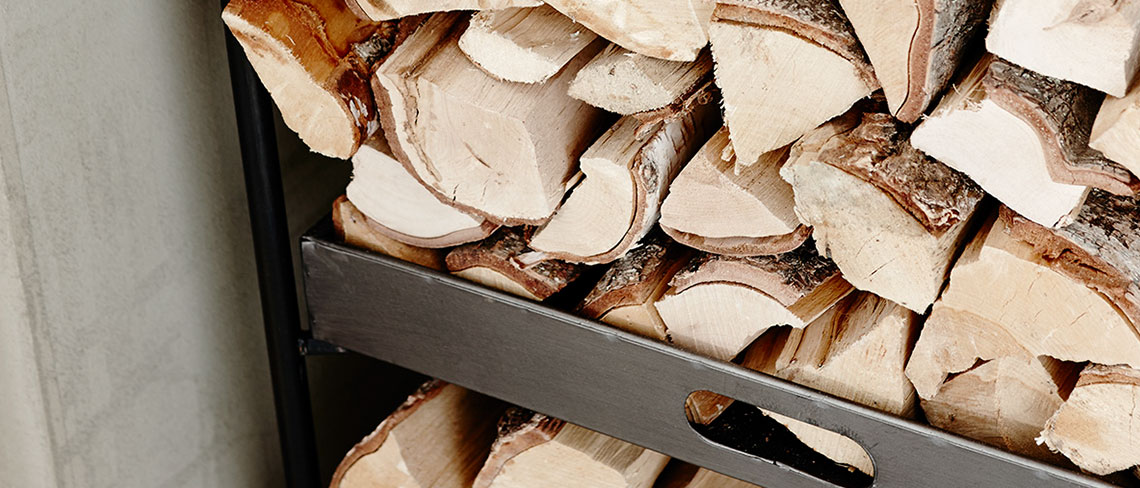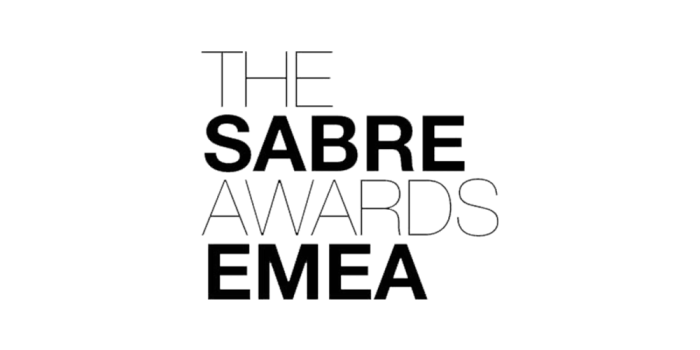
As we wait for the onset of spring and warmer weather, there are few things more comforting than sitting beside a warming, crackling fire on a cold and wet evening, and yet confusion around the efficiency and sustainability of wood as a fuel source is still rife. Here, the aptly named Phil Wood of Swedish woodburning stove manufacturer, Contura, shares his myth busting guide to wood fuel.
Phil says: “Despite wood being one of the only natural fuel sources that can be replenished, there is still much confusion around wood’s sustainability and efficiency as a fuel source.
“Compared to a traditional fireplace, an Ecodesign stove produces 90% less particulate emissions, reduces OGC by 70%, and reduces NOx by 34%. So, if you rely on wood fuel to heat your home, upgrading an existing fireplace to an Ecodesign stove really is the best way forward. Not only does it heat the home more efficiently than an open fire, but it will also help to save money on energy bills long-term.
“But it’s not simply a case of installing a stove, there are many ways homeowners can ensure they are creating a more efficient burn and contributing to the sustainability of wood as a fuel source – from the type of wood used to the technique used when lighting a fire.”
Read on for Phil’s myth busting guide to wood fuel…
Why is wood a good energy source?
Wood is a low-carbon fuel, unlike coal or natural gas, meaning that burning wood results in a relatively small net release of carbon dioxide into the atmosphere. This is then re-absorbed when new trees grow, effectively balancing out the combustion of bioenergy.
Also, unlike fossil fuels such as coal, crude oil and natural gas, wood is a renewable energy source meaning that it’s a natural resource which can be replenished to replace the portion depleted by usage.
It’s important to ensure you buy firewood from a company that employs sustainable forest management practises. For example, most firewood is produced from thinning the forest to provide space, nutrition and light for thicker, more established trees to prosper. Localised coppicing helps to ensure ‘low fuel miles’ as wood is transported to areas nearby, within a 30-to-100-mile radius, rather than sourced from forests abroad.
Can I burn any wood?
When it comes to creating the most efficient burn, not all wood is created equal.
It’s important to purchase the best seasoned, dry or kiln-dried wood that you can afford from a recommended supplier. Using kiln-dried wood or wood with a moisture content below 20 percent will ensure maximum efficiency from your fuel and crucially, minimise smoke emissions. Opt for good quality hardwood species such as ash, oak, beech or birch as these will burn the cleanest and longest with a bright flame.
Avoid soft woods such as pine, firs and cypress, which burn too quickly and produce more smoke.
Make sure to purchase wood from accredited British suppliers, the UK’s wood fuel accreditation scheme, Woodsure, issues a ‘Ready to Burn’ certification mark to wood suppliers that can demonstrate that their logs have an optimum moisture content between 12 and 20 percent.
And don’t burn treated, varnished or oiled woods, or waste woods such as pallets, furniture and fencing as these will give off nasty fumes.
Can I just chuck the wood on the fire?
Unfortunately, simply throwing wood on the fire or stove can lead to an inefficient burn and more smoke.
Instead opt for the ‘top-down lighting’ technique – start with two logs of approximately 7-9cm width, 20-30cm length. Add 3-4 layers of kindling, approximately 2-3cm wide, building upwards in a criss-cross formation. Maintain a good air gap between logs and kindling for air circulation. Add 1-2 natural firelighters to the top of the kindling and light them. After 30-40 minutes, when the fire has burnt down to glowing embers, it’s time to refuel.
This technique is far better for the environment as it causes less pollution and fewer emissions. The kindling will catch more slowly, however as it’s at the top of the fire it will also generate less smoke.
What’s the difference between burning wood in a traditional open fire vs a wood burning stove?
Investing in a modern, clean burning Ecodesign stove can reduce emissions by up to 90 percent compared to a traditional open fire.
Ecodesign stoves have been engineered to burn wood more completely. The targeted introduction of combustion air at higher levels in the fire box of the stoves reignites the combustion particles before they can leave the stove. This technology reduces particulate emissions by 90 percent compared to an open fire or 80percent compared to a stove of 5-10 years old. It can also lead to significant reductions in Carbon Monoxide, Nitrous Oxides and Organic Gaseous Carbon compounds (OGCs).
Try to also look out for a stove that features a Clean Burn system – this means it burns even more efficiently and for longer periods of time, resulting in combustion with very low particle concentrations.
Further to this a wood burning stove is 60 percent more efficient at heating the home as heat transfer is convected into the room rather than being lost up the chimney, as in the case of conventional open fireplaces.
To maximise your eco credentials make sure to purchase your stove from a manufacturer that supports reforestation efforts. Contura stoves are proud to partner with Eden Reforestation Projects, working together to plant over 100,000 trees since 2018.
For more information on Contura, please visit www.contura.eu.
-Ends-
Notes to editors:
- Rooster PR will coordinate comment, interview and profile opportunities for Contura UK Country Manager, Phil Wood.
- The Contura PR team will also arrange visits to the nearest Contura Design Centre dealerships or the Contura showroom in Doncaster to see the product range.
For further press information, please contact:
Anna Nyman | Elsa Findlay | Julie Aguilera
Rooster PR
T: +44 (0)20 3440 8930
E: [email protected]
About Contura:
Contura is Europe’s leading manufacturer of wood burning stoves, offering an extensive range of classic and contemporary wood burners; from traditional insert stoves suitable for existing fireplaces, to freestanding statement models made with innovative materials such as soapstone.
Starting at £1,095, Contura stoves are premium yet affordable. Award winning, timeless Swedish design means the products complement or enhance any style of home, whilst also offering outstanding performance, maximum efficiency, practicality and ease of use.
Designed and assembled at the factory located in Markaryd, Sweden, and manufactured to the highest standards, Contura stoves are highly energy efficient, offering powerful convection, superior combustion technology and clean burning systems. Currently, 95% of Contura stoves are DEFRA Clean Air Act exempt and thus approved for use in Smoke Control Areas.
Contura stoves can be purchased through a network of 165 independent retailers nationwide.
Contura is part of the NIBE group, a Swedish manufacturing company producing world class solutions in sustainable energy across Europe, North America, Asia and Australia.
Contura is a founding member of the Stove Industry Alliance (SIA) in the UK.
For more information please visit www.contura.eu






